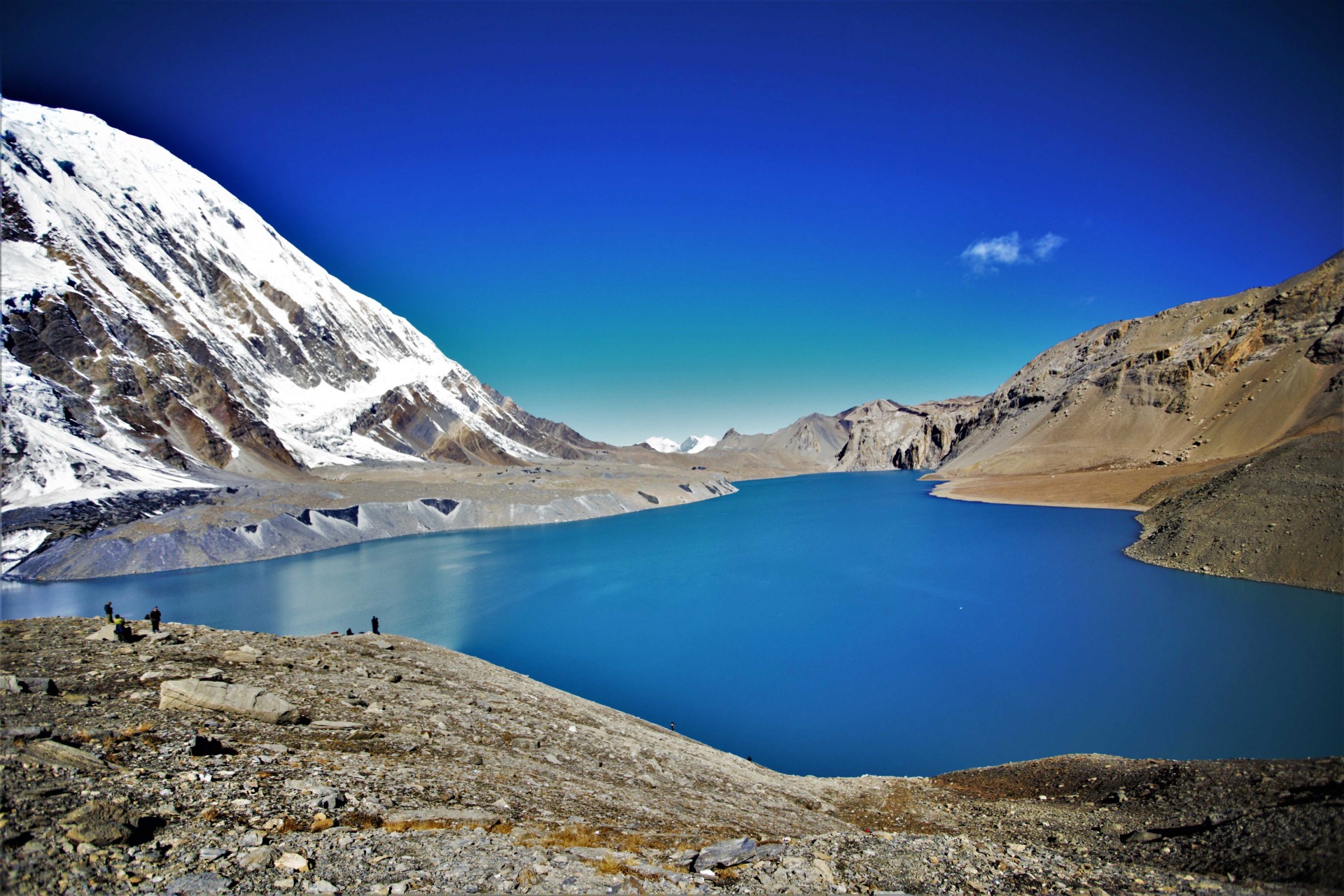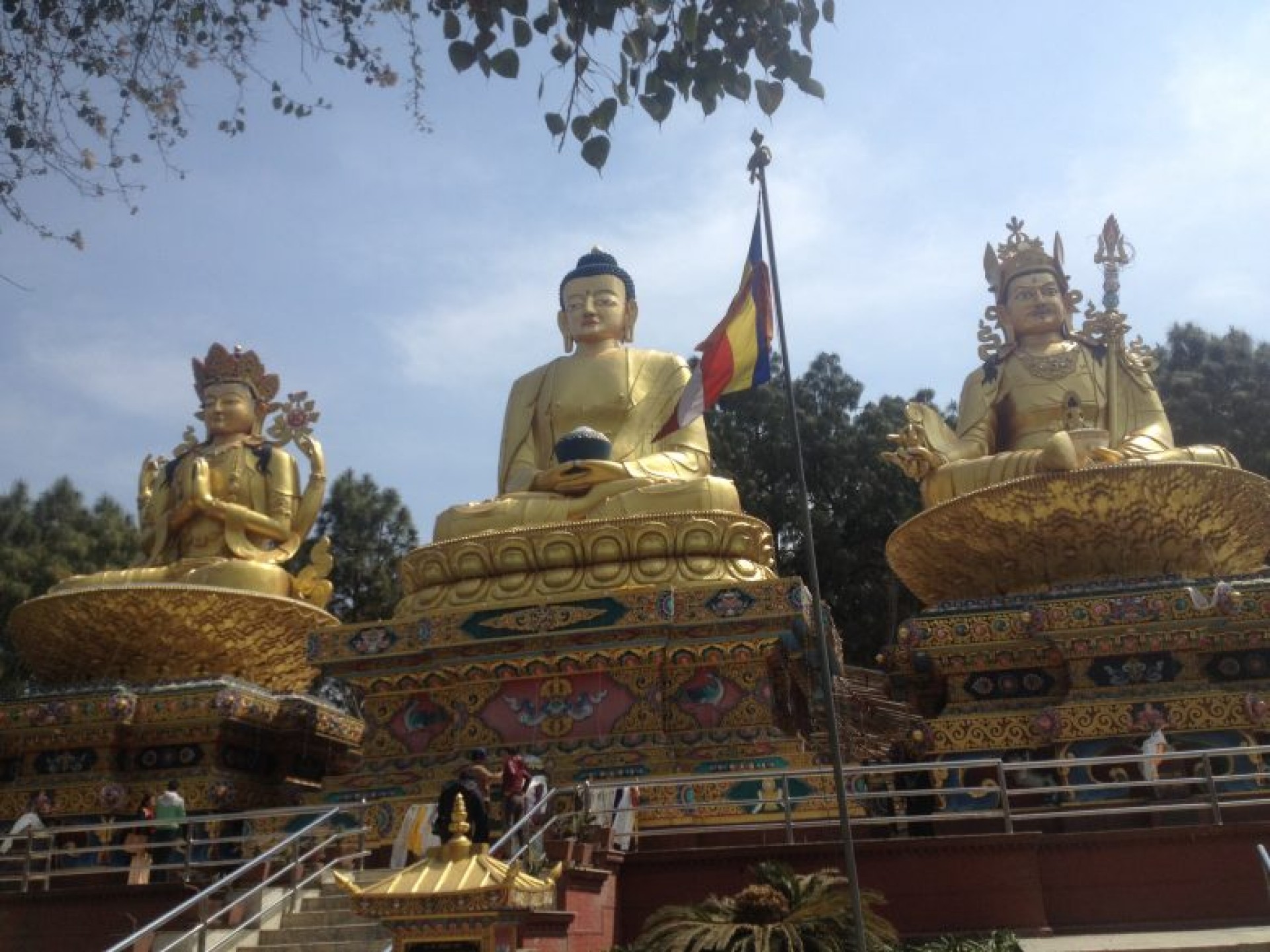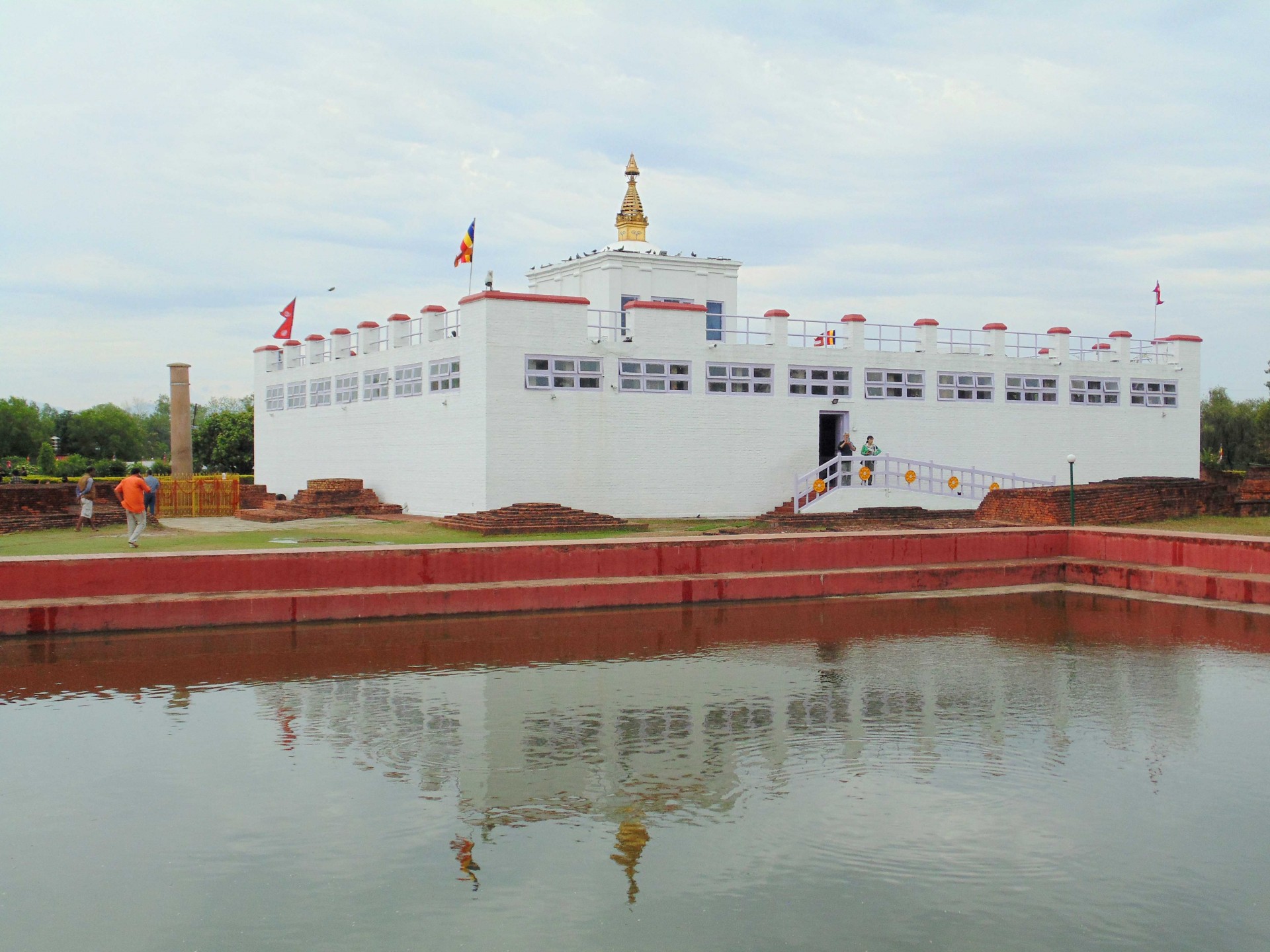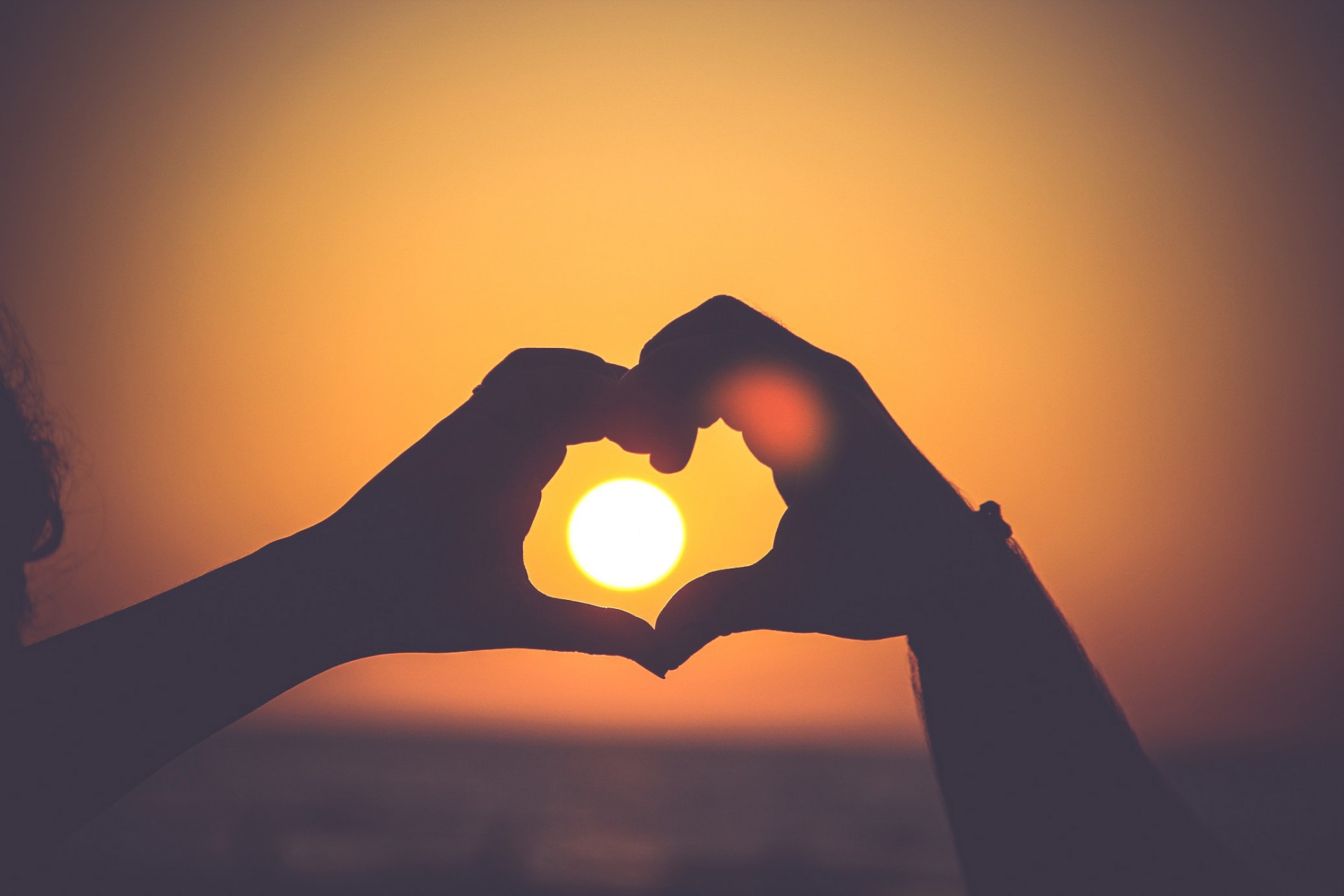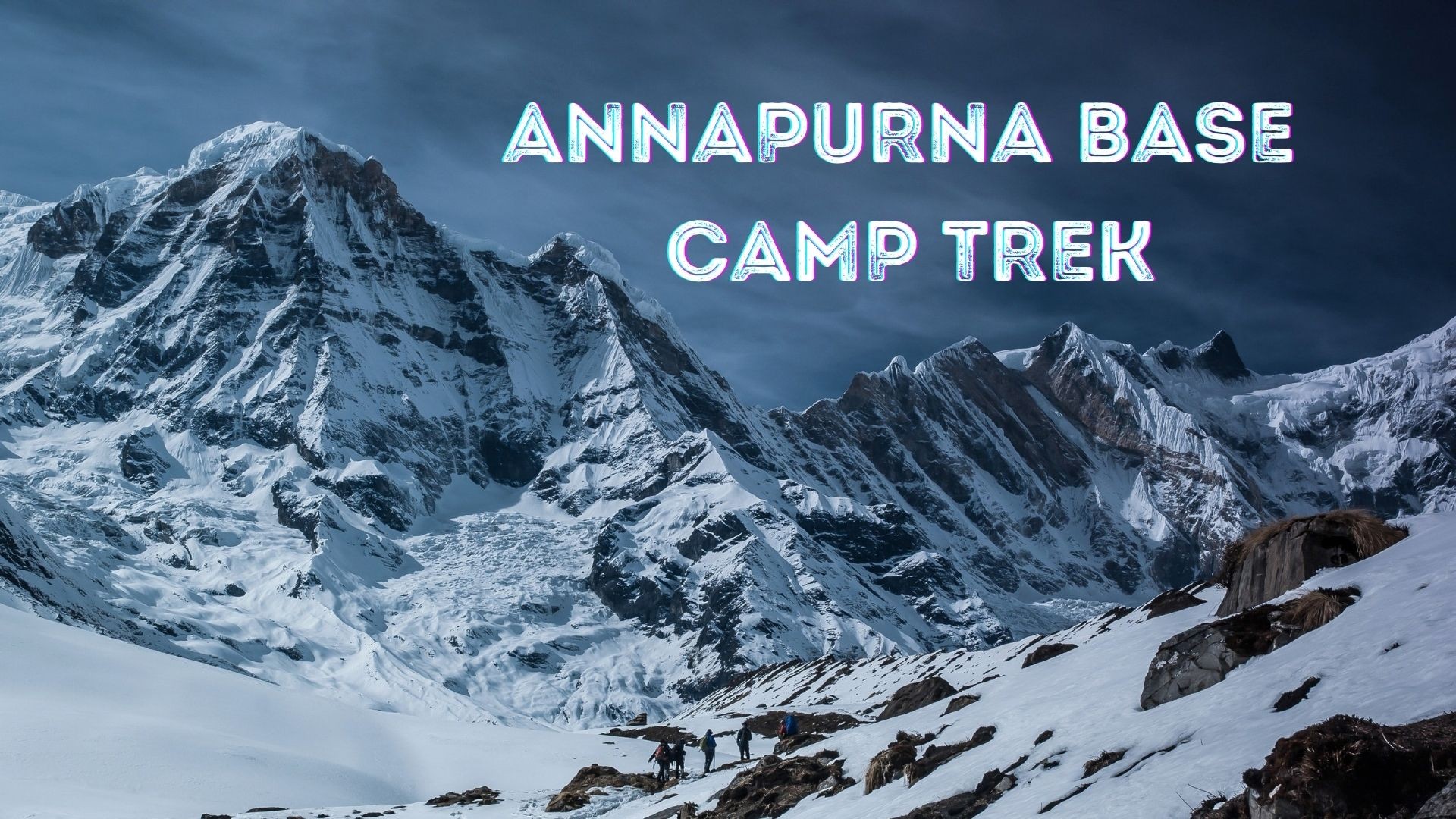Hindu Religious Tour 9N/10D
Hindu Religious Tour
is specially design with the aim to let you known more about Hindu Religion. Which have been practicing in Nepal since very starting time of Nepal. According to Hindu Holy books, this is the oldest religion of the world. 15% Out of total population of the world are Hindu. In Nepal, 81% out of total population are Hindu.
Highlights of this tour:
Kathmandu Durbar (Palace Square)
It is believed that around 2500 years ago Kathamndu valley used to be a great lake. Manjushre a follower of Buddha drained the water out of the valley with his magical sword from the place called Chovar. Kathmandu also known as Kantipur (City of glory ) is said to be designed like Khadga (Sword) by King Gunakamdeva around 725 AD, devotee of goddess Kali. The name remains up until 16th century. We will be able to see palaces, temples, stupas and many more during our visit. The temple of Mahendrashwor Mahadev 1562 AD, and Taleju Bhavani Temple 1564 AD by King Mahendra Malla, stone inscription of different languages, statue of Hanuman (monkey god) in fornt of Palace, Basantapur Durbar ( nine storey palace) constructed by King Prithivi Narayan Shah after the unification of small states into a greater Nepal in the year 1770, Jaganath Temple with erotic carvings, also known as love temple, Big Bell 1797 by King Rana Bahadur Shah, statue of KalBhairav found in Nagarjun forest in the 16th century, White Bhairava opens only during the festival of Dashain, Shiva Parvati Temple by Rana Bahadur Shah, Gaddi Baithak 1908 AD, Kumari Ghar didicated to the living goddess Kumari 1757 AD said to the incarnation of Taleju Bhavani Royal diety of malla kings by King Jaya Prakash Malla, 12th century Kasthamandap also known as Maru Sattal said to be built by a single tree, and Freak street or hippi street are major highlights of Kathmandu Durbar Square.
Patan Durbar (Palace) Square
The official name of the city is “Lalitpur” (City of Beauty). It is located about 5 km south of Kathmandu. Patan is one of medival royal cities in the valley. We can see beautiful wood and stone carvings, metal statues, ornate architecture, including dozens of Buddhist and Hindu temples in Patan. The city is known for its rich tradition of arts and handicrafts and as the birthplace of master craftsmen and artist Arniko. It is believed to be designed in third century B.C. by the Kirat dynasty and expanded by Lichhavis in the 6th century A.D. and again by the Mallas in medieval period. The Malla kings ruled the Kathmandu Valley until the unification of small states into a great nation by King Prithvi Narayan Shah in 1768.
The Golden Temple (Hiranya Varna Mahavihar), built in the 12th Century by King Bhaskar Verma located just north of Durbar square, Machhindranath Temple, Rudra Varna Mahavihar (Buddhist monastery), Kumbheshwor Temple oldest 5 storey temple in Nepal built by Jayasthiti Malla in 1391 AD, 17th century Krishna Mandir by King Siddhi Narashing Malla, Four Ashok Stupas said to be constructed by King Ashoka in 250 BC in four corners of the city (Pulchwok, Lagankhel, Ebahi (on the way to Sankhamul) and Teta (on the way to Lubu Sano Goan)), 14th century Mahabouddha (9999 statues of Buddha in every single brick) by Avay Raj 1564 AD in his own property, 6th centruy Accheshwor Bihar are some of the major highlights of Patan.
Bungamati/Khokana
Bungmati and Khaokana lies 6km South of Patan. They are two medieval village back from the 15th century. It is a open museum with medival lifestyle activities in their day to day life. Most of the people in this locality are Newars. Bungmati is 15 minutes walk from Khokana. We can see typical Newari houses and experience newari culture, religion, architecture, and traditions. Bungmati and Khaokana are popular for chilly and mustard oil. October and November is best time to visit Bungmati and Khokana because the whole village looks colorful with red chilly garland from the top floor to the ground floor of the village. Majority of farmers in Bungmati and Khaokana are involved in oil pressing business. Mustard oil of Khokana is very popular among the inhabitants of Kathmandu valley.
Pashupatinath
Pashupatinath is a famous, sacred Hindu temple dedicated to Lord Shiva and is located on the banks of the Bagmati River 5 kilometres east of Kathmandu Valley. This temple is considered one of the sacred temples of Hindu faith .This holy place is listed in UNESCO World Heritage Sites’s since 1979 AD. It was said to be in existance since 400 B.C. constructed by Lichchhavi king Supuspa Deva mentioned in stone inscription erected by Jayadeva 11 in the courtyard of Pashupatinath in 753 AD and being renovated by and modified by different kings. The head priest are Bhattas (Vedic Dravida Brahmin Scholars) appointed by Adi Guru Shankaracharya. Bhandari are the treasurers, temple caretakers, and assistant priest of the temple but are not allowed to touch the God. A lot of devotees visit Pashupatinath on Monday since it is called the day of worshipping Shiva but people worship Pashupatinath everyday. We can see a lot of monkeys in the premises and deers on the deer park. The most important festival is the Maha Shiva Ratri on the month of February, Bala chaturthi, and Teej. The major hightlights of Pashupatinath is cremations on the bank of Bagmati River seen everyday, Deer park (where Lord Shiva used to be an antelope), Ram Mandir, evening Ganga arati, Ananta Narayan, Kali, Dome style Laxmi Narayan Temple, residene of holy Hindu monks popularly known as Sadhus, School of vedic rituals and so on.
Changu Narayan
Changu Narayan, 18 km east of kathmandu is 1541 meters above sea level. This place is named as Dolagiri, Dolparvat, Dolasikhar, Chapakaranya, Champapur Mahanagar, and Champak Narayan. Changu Narayan is worshipped by Hindus as Lord Bishnu and Hari Hari Hari vahan Lokeshwor by Buddhist. Stone inscription of king Mandeva back from the (464 AD) 3rd centruy is said to the be 1st written histroy of Nepal with archeological evidence. Garuda (Holy mount of Lord Bishnu), Statue of King Bhupalendra Malla and Queen Bhuvanlaxmi back from the 17th century, statue of Chanda Narayan (Garuda Narayan) back from the 7th century depicted in Nepalese RS 10 Note, Statue of Sridhar Vishnu with Laxmi and Garuda from 9th century, Vaikuntha Vishnu back from 16th centruy, Chinnamasta Temple, Living elephant, statue of Vishworup from 7th century, Statue of Vishnu Vikrant from 3rd century, statue of Lord Narasimha dated back to 7th century, and Kileshwor Mahadev temple and the major highlights of Changunarayan.
Being an ancient holy place with masterpieces of stone carvings as well as an open meuseum Changunarayan was listed in the UNESCO’s World Heritage Site in the year 1979.
Bhaktapur
Bhaktapur, city of devotees. During the Lichhavi period in about 3rd century, it used to be a prosperous village known by the name of Khowpring or Khowpo or even as Badagaun in Newari Language. The city was originally designed like a conch shell in the 12th century by King Ananda Dev. There were 99 courtyards out of which only 6 remains. It lies 13 km east of the Kathmandu and 1400 meters above sea level. Lifestyle in Bhaktapur is different than that of Kathmandu with unusual cultural and religious heritage sites. It is known as the cultural capital of Nepal and enlisted in the UNESCO WORLD HERITAGE SITE since 1979. Master piece of 17th century Medieval art and architectures are well preserved and renovated exactly as they were before.
Highlights
Siddhapokhari: (Holy pond constructed by King Yakshya Mall in the 15th century).
Pottery Square: Experience traditional way of making household utencils with black clay specially found in Bhaktapur using spinning wooden wheels. We can observe the process of making clay pots in different forms and drying in the pottery square each day.
Taumadi Square: (18 th century Nyatapol Temple or 5 storey temple is one of the tallest temple in the country which was safe during the great earthquakes in the past. Goddess Siddhi Laxmi is the main diety enshrined in this temple. Kashi Bairav 15 th century along with Betal pati an sattal)
Darbar Square: (Golden Gate, Statue of Bhupatindra Mall, National Art Gallery, Master piece Stone Statue of Ugrachandi, Bairav, Narasingha, Hanumanta Bairav), 55 windows palace, Vatsala Temple, Krishna Temple, Chyasingh Mandap, Taleju Temple, Water spout, Yakshyashwor Temple etc.. most of them were constructed during 17th century.
Dattatreya Square: It is a open meuseum for wood carving.
Bhimsen Temple: The god of power worshipped by the bussiness community was constructed in 1427 AD by King Yakshya Malla.
Renovated by king Bishow Malla in 1458 AD as well as UNESCO and German colabration in early 70s.
Dattatreya Temple: Pagoda style (Temple of Trinities) Bramha ( the creator) Bishnu (the Protector) and Shiva (the destroyer). Datta means to give and treya means three. Combination of Datta, Som, and Durbasa. This temple is also said to be constructed by a single tree like Kasthamandap in Kathmandu.
Pujari Math: 1458 AD by King Bishwa Malla. It was a very powerful hindu monastry. It could even punish kings.
During the leisure time, the farmers produces household products like clay potteries, straw mattress, cloths like hakupatasi and Black hat (Bhadgaule Topi), and famous king curd (juju dhau).
Kirtipur
Kirtipur is an ancient city of Nepal located 5 km south-west of Kathmandu. The name Kirtipur comes from sanskrit terms Kirti (glory) and pur (city). During 1099 A.D, It was part of Lalitpur. After invasion of the Kathmandu Valley by the Gorkhali king Prithvi Narayan Shah in the 18th century in 1767, Kirtipur was unified to the Gorkha kingdom. He took the town on his third attempt, after entering it by trickery and cut off the noses of men in the city. Bagh Bhairab temple is one of the most popular temples dedicated to God Bhairab in the form of a tiger. This god is regarded as the guardian of Kirtipur and the locals call it Ajudeu, a grandfather god. Bhairab, the most terrifying form of Shiva is the destroyer on one hand and the guardian on the other hand. Bagh Bhairab is worshipped during ceremonial rituals in relation to the important events of life such as rice-feeding, puberty, marriage and even the construction of houses.
Bagh Bhairab Temple, Shri Kirti Bihar (Theravada Buddhist monastery built in traditional Thai architectural style), Uma Maheshwar temple (locally, Kwacho Dega) 1655 A.D. by Rautra Vishwanath Babu, son of king Sidhhi Narsinga Malla at the highest point (1414 m) of Kirtipur), Chilancho Stupa (medieval Buddhist shrine with stone inscription of Nepal Samvat 635), and newari culture are the major highlights of Kritipur.
Nagarkot
Nagarkot anciently known as Mandapgiri is located 32 km east of Kathmandu 2000 m above sea level. This is one of the famous touristic destination where breathtaking panoramic view of snow-capped mountains are presented. 8 Himalayan ranges of Nepal out of 13 can be viewd from here . The ranges include Annapurna range, Manaslu range, Ganesh himal range, Langtang range, Jugal range, Rolwaling range, Mahalangur range (Everest range) and Numbur range with views of the Kathmandu valley and Shivapuri National Park.
Panauti
Panauti is a small town located 32 km Southeast of Kathmandu. Rosi, Punyamati, and “invisible” river, Lilawati creating a tri-junction (Tribeni dham) makes it important pilgrimage site where every 12 years, a month-long fair is held known as the Makar Mela since 774 Nepal Sambat introduced by King Pratap Malla. During this celebration, hundred and thousands of devotees visit Panauti to cleanse themselves in this sacred water. The Harisiddhi dance is considered to be the oldest traditional dance in Nepal. This dance was initiated about 2,400 years ago by King Vikramaditya.It is said to use the language of gods and speech of the spirits. Indreshwor Mahadev Temple was restored in medival period by different rulers and with French aid in 1982-1983, A 16 th century Unmatta Bhairab Temple, Tulanarayan Temple, Sohrakhutte Pati, Lapati, Ghat sattal, Dharmadhatu Chaitya, Umamaheshwor, Stone pillar, Satya Narayan, Laxmi Narayan, Krishana Narayan, Surya Narayan, A 17th century Brahmayani Temple, and Tin dhara are the major highlights of Panauti.
DETAIL ITINERARY:
Day 01: Arrive At Tribhuvan International Airport (TIA) Kathmandu +−Our guide will be waiting you at TIA with our office banner “KOSELI ADVENTURE” and receive you with the garland of flowers then transfer to Hotel. After check INN Hotel and rest, Visit Ason Bazaar, a very well-known market of Nepal as well two temples of Hindu Goddess and Buddhist Shrines. Come back to Hotel by foot. Night at Hotel.
Transfer: 40 min
Visiting Time: 1hr 30min
Dinner: At Thamel
Overnight: Kathmandu Guest House (Nepal’s first hotel for tourists)
After hot breakfast in the morning, our guide is ready with the private vehicle for the Full Day sightseeing visit of Kathmandu Durbar Square, Swayambhunath Stupa and Patan Durbar Square which are UNESCO WORLD CULTURAL HERITAGE SITE. Back to hotel.
Transfer total: 1h30mn
Visiting Time: 4h30mn
Lunch: At Patan
Dinner: At Thamel
Overnight: KGH
After hot breakfast in the morning, get ready to visit Bugamati and Khokana a tripical Newari Village and mustard oil production with two temples one for Hindu goddess Ganesh and another of Rato Machhindranath. Then Visit Bouddhanath Stupa, one of the tall stupa in the world. Continue to Visit a very famous Hindu Temple Pashupatinath (a Temple of cremation). Back to Hotel.
Transfer total: 1h30mn
Visiting Time: 3h30mn
Lunch: At Bouddhanath
Dinner: At Thamel
Overnight: KGH
After early breakfast in the morning we leave at around 7:30 AM from Kathmandu to Naturally blessed city of dreams by private minibus or Kathmandu - Pokhara Flight (25 mins) on asking. Check INN in Pokhara Hotel and Free Time to take a walk near Phewa Lake (Second Biggest Lake of Nepal).
Transfer : 7 hours
Flight : 25 mins
Lunch : on the way to Pokhara or by Flight at Pokhara.
Dinner and O/N : Pokhara Hotel.
Wake up early in the morning at 5:00am, drive to Sarankot Hill for sunrise view with the snow-capped mountains namely Dhaulagiri, Annapurna South, Hiuchuli, Machhapuchre etc. We will have café or tea in the Sarankot Hill, drive back down to Bindashini Temple. An oldest temple in the Pokhara valley. A hindu goddess temple where if lucky we can see the marriage ceremonies and the beautiful view of mountains and landscapes. Drive to Hotel and breakfast. After breakfast, drive to Davi’s Fall, locally known as Patale Chhango was named Davi’s Fall after a Swiss lady was swept away and died in 31 july 1961. The water flowing from Phewa lake shows a wonderful fall. We find hollow sandy part and a heavy fall of water within its natural trench. Then drive to WORDL PEACE PAGODA, it is a massive Buddhist stupa located on a hill top (Rani Ban) just southern hill of Phewa Lake. This stupa is the symbol of peace where the huge idols of Lord Buddha from Japan, Sri Lanka and Thailand have been installed. From here we can enjoy the breathtaking view of Himalayan ranges, lakes, and the Pokhara Valley. Drive back to Phewa lake for 1 hour boating and visit Tal Barahi Temple, it is located on a small island in the middle of Phewa Lake just offshore from the lakeside. The atmosphere is so tranquil that we can enjoy the green forest scenery just across the south end of the lake, full scale scenery of the lake and amazing reflection of the Annapurna and Fishtail mountains on the surface water of the lake. Free time at lakeside, dinner at Hotel.
We take morning flight from Pokhara to Kathmandu then drive to Bhaktapur Darbar Square. Visit Bhaktapur and lunch after we drive to Nagarkot. A well known hill station at an altitude of 2100m for stretching breathtaking view of Himalayas with sunrise and sunset.
Flight : 25 mins
Transfer : 1h45m
Visiting Time: 2h30m
Lunch : Bhaktapur
Dinner and O/N : Nagarkot Hotel.
We get up early in the morning to admire a stunning views of Himalayas with the rays of Sun. We take lot of photos then we take lunch with the views. After we proceed to visit Changunarayan Temple then continue to visit Panuati.
Transfer : 3 hours
Visiting Time : 2h30m
Lunch : Dhulikhel
Dinner and O/N : Kathmandu Guest House
After hot breakfast at hotel, we drive to 22 km south of Kathmandu to visit Daksinkali Temple, this is the hindu goddess temple known as wish fulfilling temple where specially on every Tuesday and Saturday male goat and cock are sacrifice in the temple. Then drive back to Pharphing and visit Hindu Sesh Narayan Temple. We continue back to Kirtipur also known as city of glory. Here we take lunch. After visiting this historical city with Bagh Vairab Temple and Uma Maheshwor Temple on the top of the Hill from where kathmandu valley view can be observe.
Drive back to Kathmandu Hotel.
Transfer : 2h30min
Visiting Time : 2h30min
Lunch : Kirtipur
Dinner and O/N : Kathmandu Guest House
After hot breakfast at Hotel, we drive about half an hour to reach Budhanilkantha Temple where large stone carving sleeping statue of Lord Bishnu can be observe. One of the 4 Narayan of Kathmandu for Hindu pilgrimage.
According to hindu holy books, there are three principle god of this universe. Brahma (creator), Bishnu (Preserver) and Shiva (Destroyer) so this open air temple is dedicated for preserver. After the visit, we drive back to Thamel, free time.
Transfer : 1 hour
Visiting Time : 1 hour
Lunch : yourself
Dinner : At Utsav (Well known restaurant with Nepali cultural dance show)
Transfer to Tribhuvan International Airport for departure.
Transfer : 35 mins




